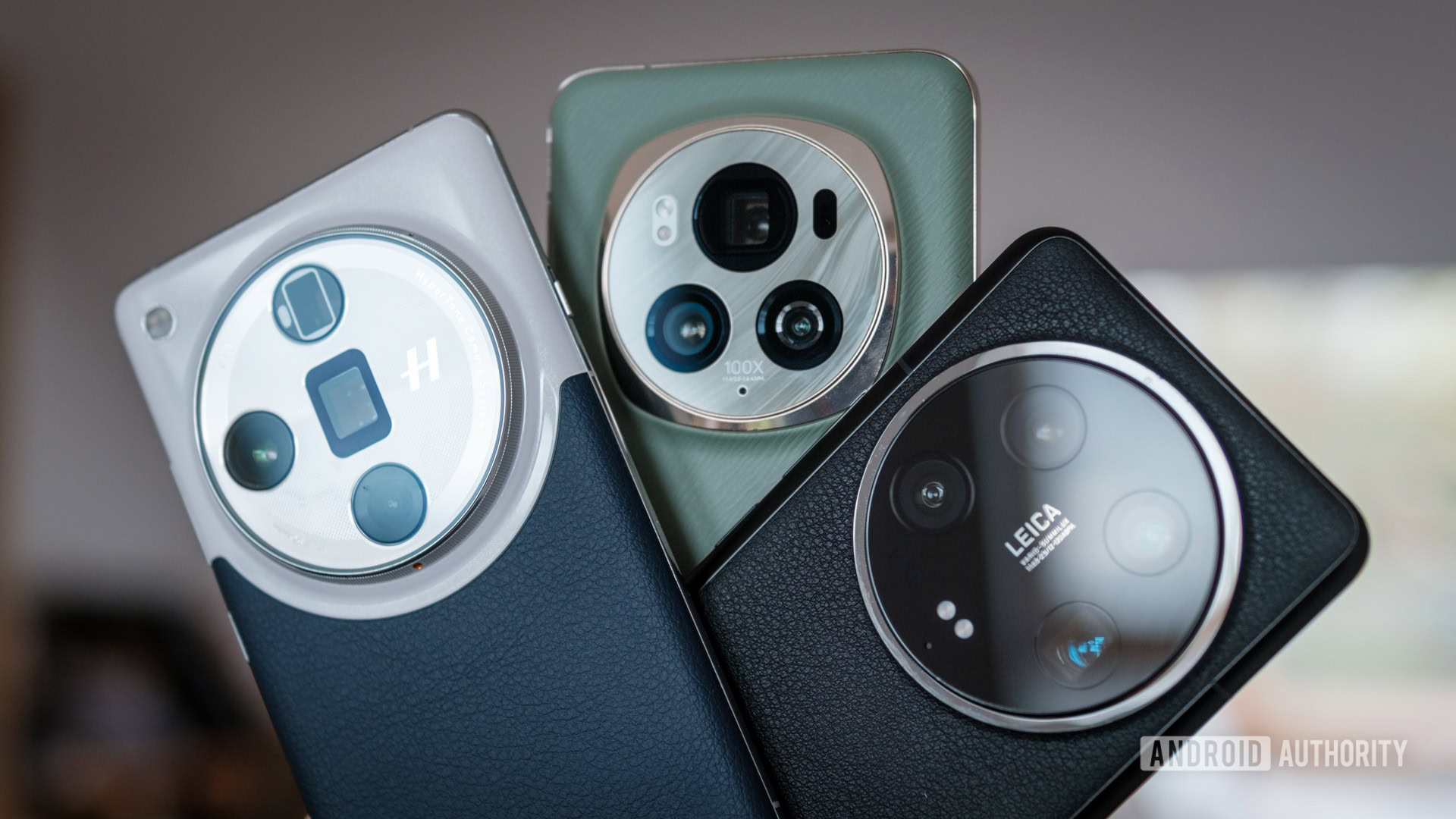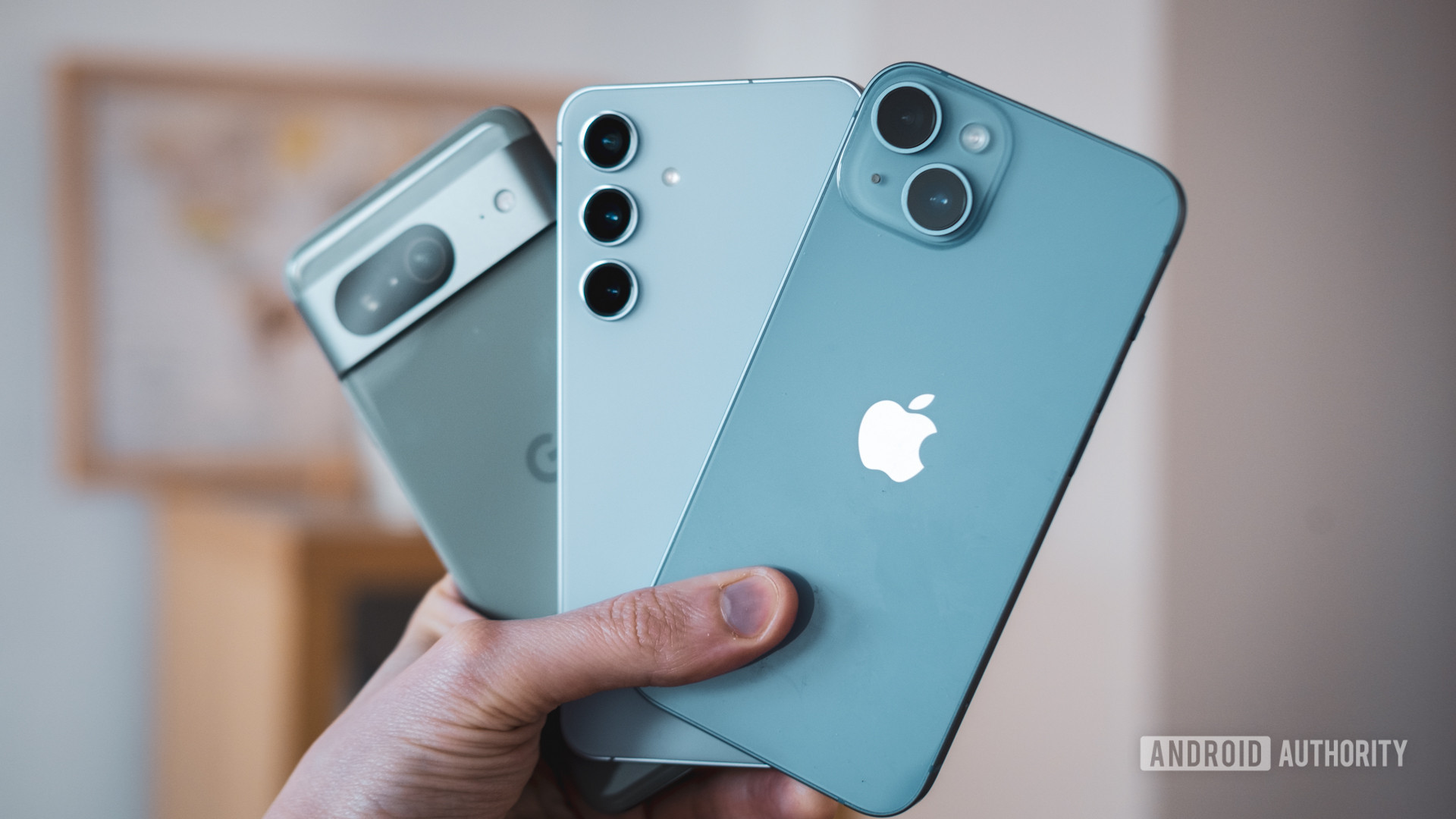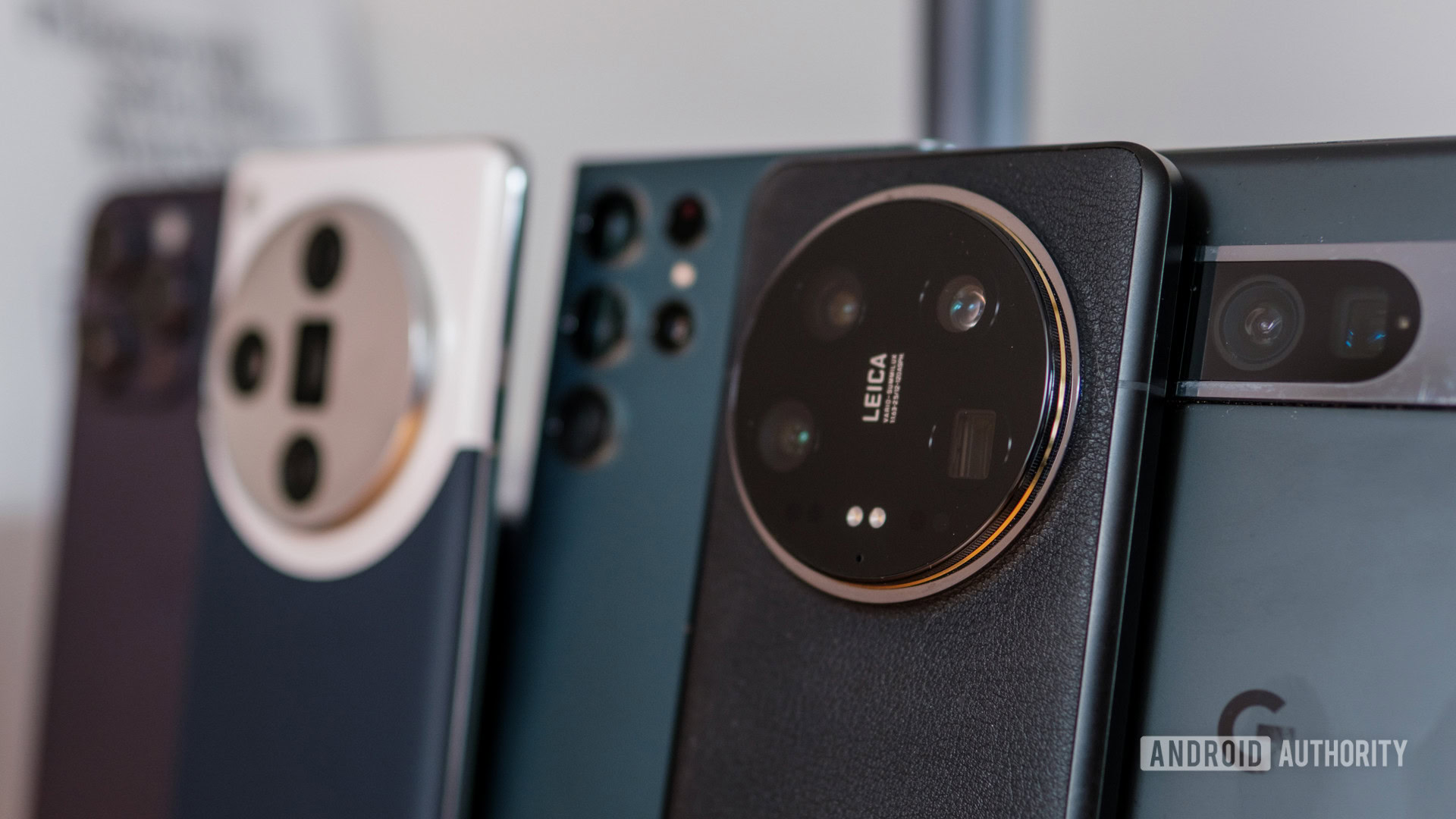Affiliate links on Android Authority may earn us a commission. Learn more.
My money for a super-premium camera phone with stock Android
Published onApril 14, 2024

Between the Xiaomi 14 Ultra, OPPO Find X7 Ultra, and vivo X100 Pro, we’ve had our hands on some absolutely brilliant smartphone cameras in recent months. In terms of image quality and software features, I’m increasingly of the opinion that Chinese brands now lead the photography field and are pushing their advantage far ahead of bigger brand names in the West.
However, none of the above phones have made the cut to replace my daily driver because, frankly, their software gives me a headache. While all perfectly functional at their core (this is Android, after all!), I don’t want to contend with uninstallable apps, convoluted menus, or (additional) intrusive search tracking to get my hands on a brilliant camera.
Have you used a Xiaomi, vivo, or OPPO camera powerhouse in the last two years?
No, what I really want is a super-powerhouse photography flagship with a clean software setup and years of support ahead of it. The OS doesn’t have to be Pixel-like; it just has to get out of my way.
“But what about the Google Pixel 8 Pro?” I hear the collective comments screaming. Well, it’s still probably the closest phone we have to my ideal. I’ve been rockin’ the Pixel 8 Pro as my daily driver since its release due to its potent combination of photography and software. And, while it’s a very, very good camera phone, I’m still often left with pains of regret that I “only had my phone” and not my mirrorless.
The problem with Google’s cameras is that they’re functional but missing that intangible creative spark (made all the harder by hiding popular sliders away). The Pixel’s straightjacket approach to color processing leaves little room for flare (without more laborious editing), while Google’s pioneering HDR technology regularly obliterates any concept of contrast and mood. Yes, there are Action Pan and Portrait modes to play with, but they’re all ho-hum software imitations of the real thing.
Pixel photography may be faultless, but it's not flawless.
The lens configuration isn’t amazing, either. The 23mm main is too wide for framing, while the 125mm periscope is too narrow for portraits. So you’re stuck with OK hybrid zoom, but it’s far from flawless. Granted, those are complaints only a picky photographer would have, but that’s the camp I’m in.
And yes, you can endlessly tweak in Google Photos and muck around with manual controls all day to end up with great pictures. But the results still often look very much like, well, they were taken on a smartphone. I feel the same way about the Galaxy S24 Ultra and iPhone 15 Pro, which I’ve used in recent months. Both have good camera packages, but they are far from my favorites. The S24 Ultra’s color science is too poppy and childish, while a horrible yellow tint and crushed shadows still haunt the iPhone 15 Pro.

There are a few things that make the latest from OPPO and Xiaomi stand out from the competition. First is the fact that their camera hardware is simply better. No tiny telephoto sensors that fail on cloudy days or distorted ultrawide lenses that turn your epic scenes to smudge. Solid hardware across three or even four cameras means you end up with great-looking photos no matter what lens you shoot with, regardless of the conditions.
What I wouldn’t give for a Galaxy flagship with a decently sized portrait telephoto lens or a Pixel with an ultrawide camera that, despite improvements, is so fish-eyed I’m scared to blow it up on canvas. Sadly, we’re often stuck with one or two decent lenses at best, with compromises made to the rest.
You won't find the best image sensors, captivating color science, flawless portraits on a Galaxy, iPhone, or Pixel.
The other half of the appeal of Chinese camera phones is in their more exciting takes on color science, removing the pain of making photos look unique and interesting. My much-loved mirrorless is a Fuji, partly due to the beautiful range of color profiles available at the click of a switch (Classic Chrome is so wonderfully versatile).
Profiles/filters are nothing new for mobile, of course, but brands like vivo have taken filters to a higher level, allowing you to get more creative in the RAW domain with a quick toggle rather than sluggish post-editing. More unique, emotive photos instantly give viewers pause for thought; “Was that really taken on a phone?” You don’t get that wow factor from a Galaxy or iPhone (despite Apple’s profile options). I’ve also experienced fewer issues with oversharpening and aggressive denoise from these brands in recent years, which has significantly boosted perceived image quality. Particularly so for portraits, which are hugely important for both social media and/or privately documenting the lives of your loved ones.

I’m itching to drop my Pixel and make one of these phones my daily driver, but what these Chinese brands get right in hardware, they let down with cumbersome software. They’re overeager to push additional app markets and ecosystems, which, at least for Western consumers, simply get in the way rather than augment the experience. And these phones aren’t cheap, of course. They’re well above the $1,000 mark, while you can still take comparatively good pictures on much more affordable hardware.
But money being no object, outside of Chinese phones, Sony’s Xperia lineup probably fits the bill closest. The series relies heavily on its photography and videography prowess while remaining arguably a little too lean in the software department. Unfortunately, the series cameras haven’t quite hit the mark in the past, though I thought the Sony Xperia 1 V came quite close thanks in part to an array of color profiles. However, it’s impossible to justify a $1,399 purchase that has no commitment to future OS upgrades.
Here’s hoping a reinvigorated Sony Xperia 1 VI, which is rumored to offer switchable focal lengths across all three cameras, will fit in the bill. I really want it to. And there’s the Pixel 9 Pro on the horizon too. Until then, the aforementioned Google Pixel 8 Pro probably blends photography capabilities with software for the best overall experience, and Samsung’s Galaxy S24 series is in the same ballpark too. But if you really want the best photography phone money can buy, the vivo X100 Pro and Xperia 14 Ultra are likely your best bets. Just be prepared to wrestle with the software until you learn to live with their quirks.

Bright, sharp screen
Amazing portrait video

Incredible portrait photos
Top-tier performance
